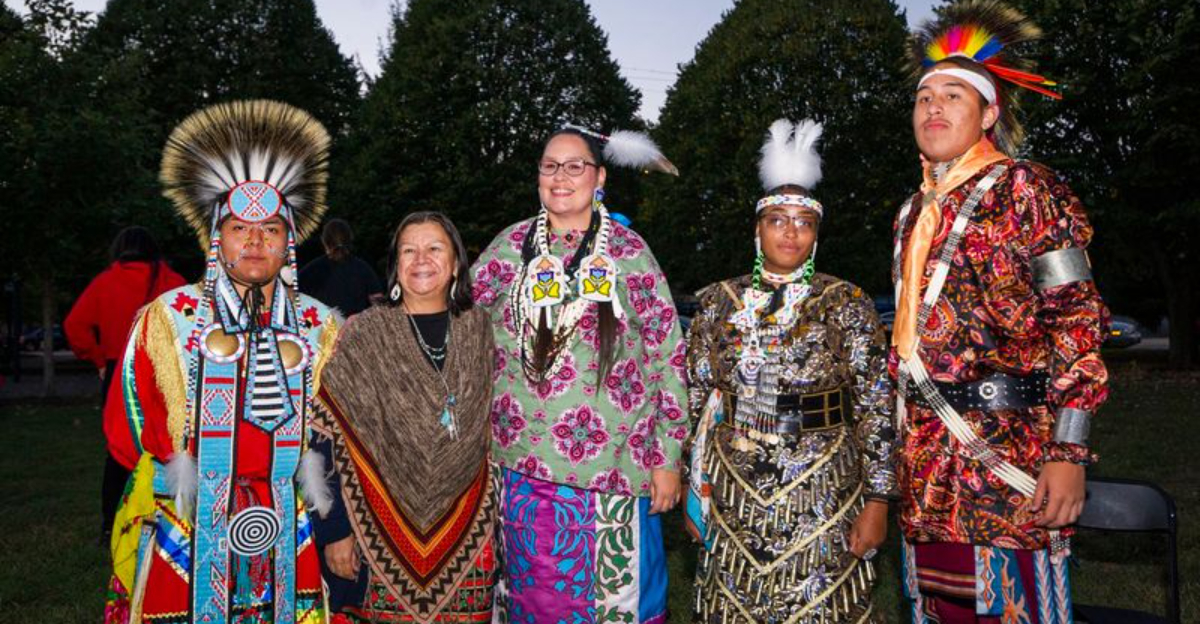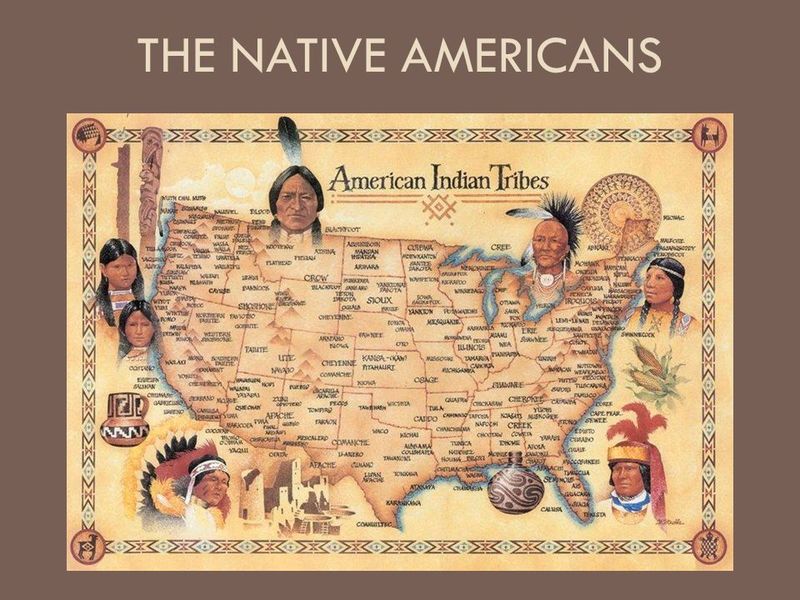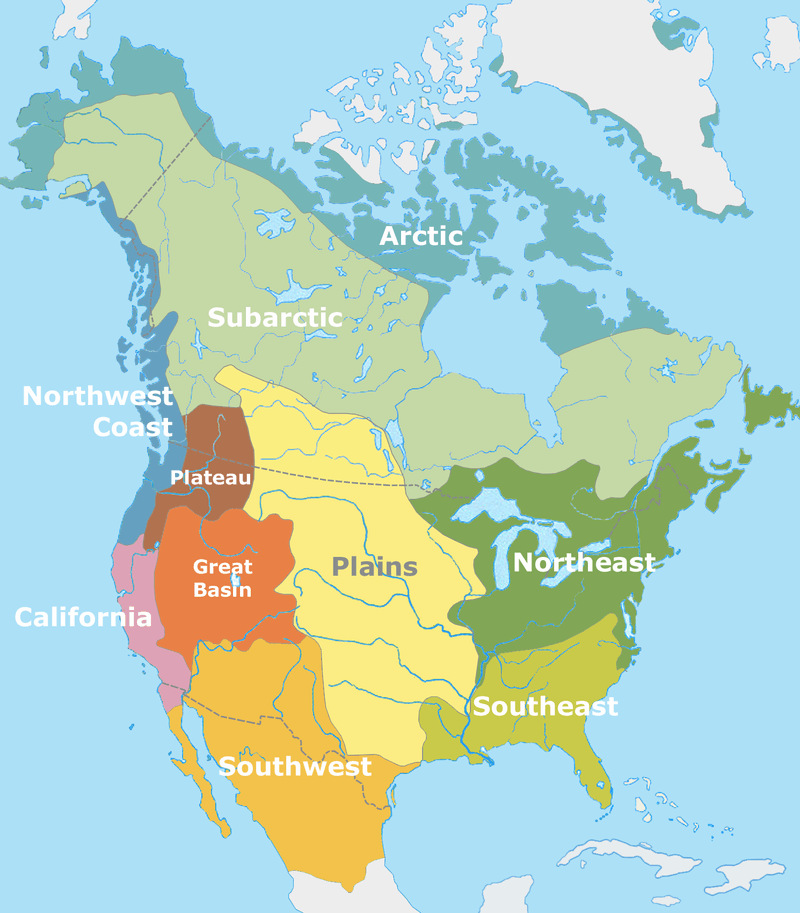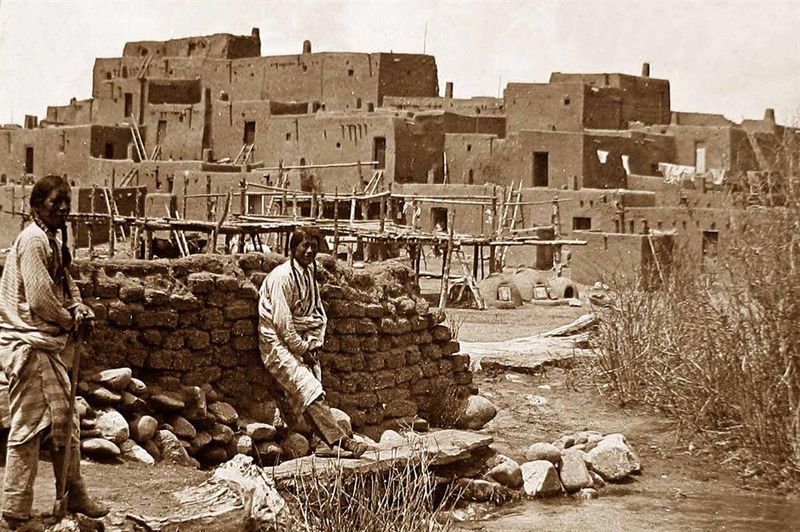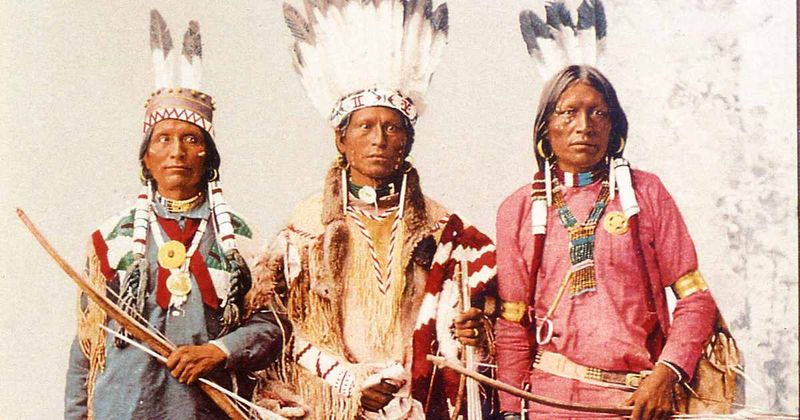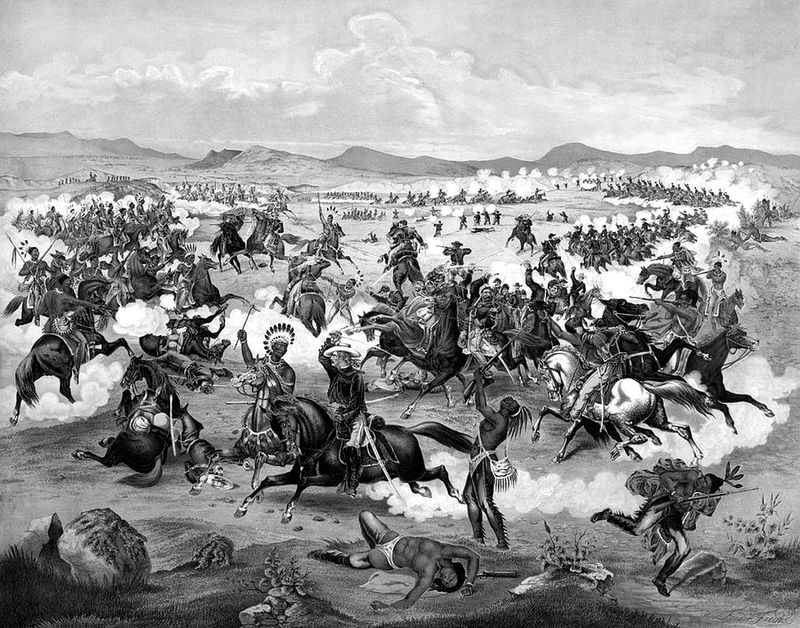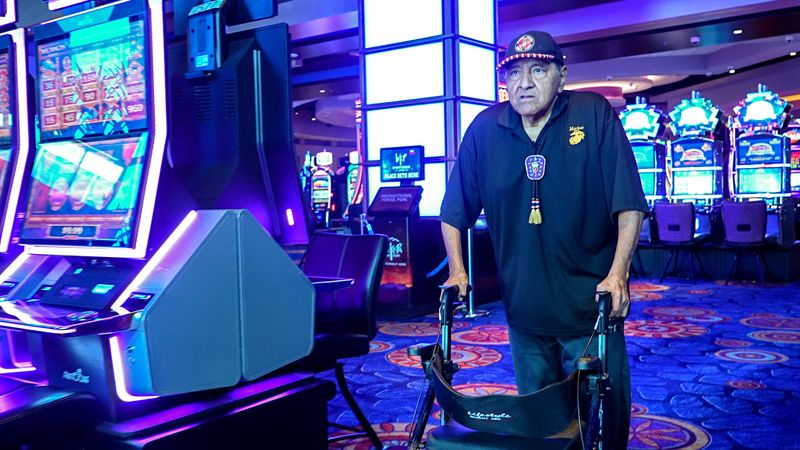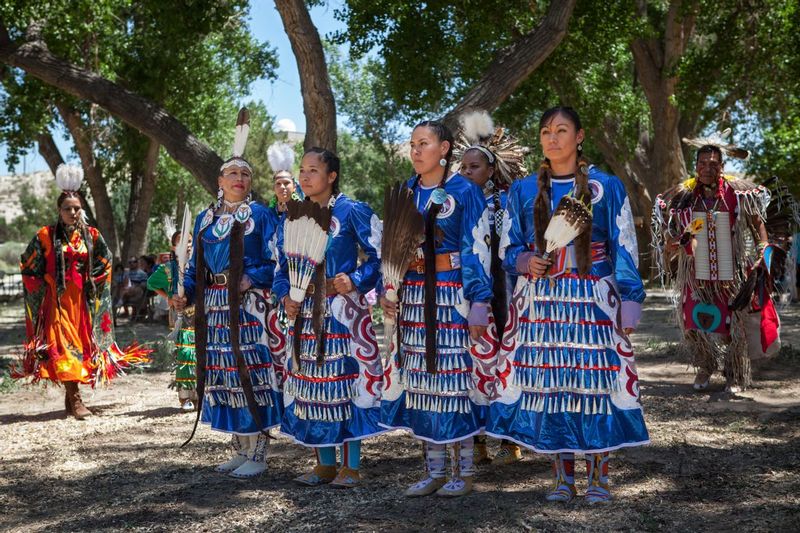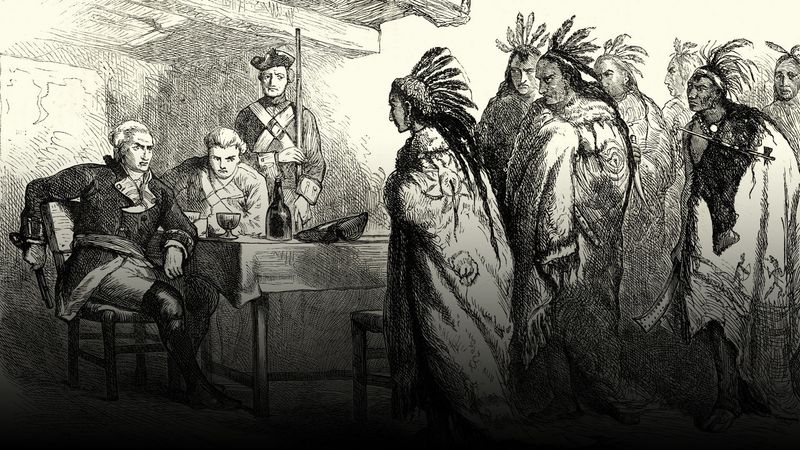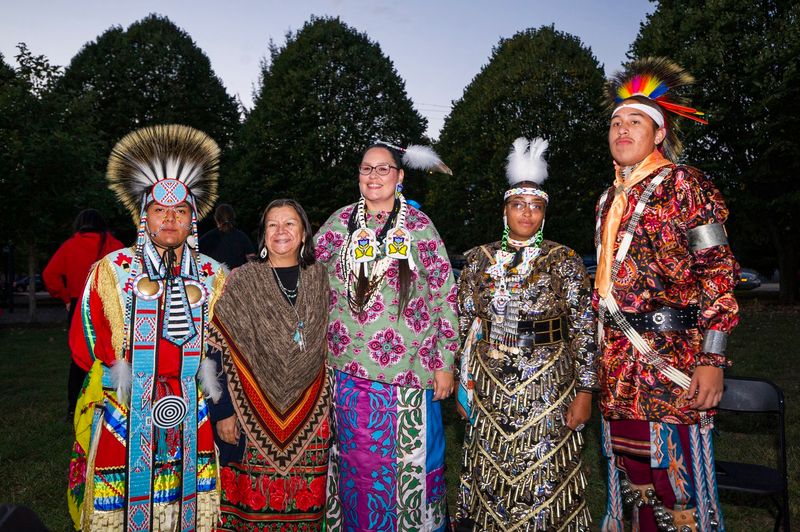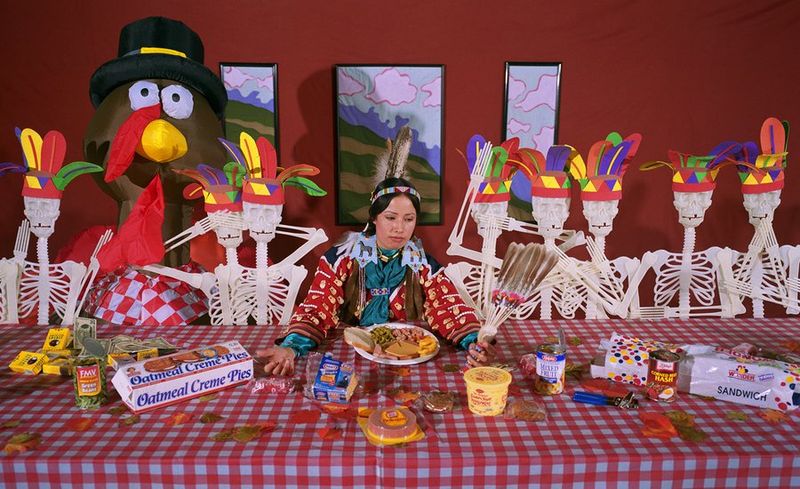In this blog post, we explore 12 enduring myths about Native American history that have shaped perceptions but often distorted the truth. From misconceptions about cultural homogeneity to misunderstandings about historical events, these myths obscure the diverse and rich histories of Indigenous peoples. By debunking these myths, we aim to honor the complexity and resilience of Native American communities.
1. Myth: Native Americans Were a Single, Homogeneous Group
The myth of Native American homogeneity erases the rich tapestry of Indigenous life. Each tribe, such as the Cherokee, Lakota, and Iroquois, fostered unique cultures. These tribes spoke different languages, practiced distinct traditions, and governed through varied political systems. The diversity was immense, with some tribes being primarily agricultural while others were nomadic. Imagine the vibrant cultural exchanges that occurred across vast trade networks. Today, this diversity continues to thrive, with many tribes reviving their languages and cultural practices. The narrative of uniformity diminishes the true essence of Native American identity.
2. Myth: Columbus “Discovered” America
For centuries, the myth persisted that Columbus “discovered” America. Yet, the land was already home to millions of Indigenous peoples, thriving for over 15,000 years. Long before Columbus, Viking explorers like Leif Erikson had reached North America. The vibrant cultures and complex societies that existed here were far from “undiscovered.” Recognizing this history shifts our perspective on what it means to “discover.” Native American histories are rich with stories of resilience and connection to the land, predating European arrival by millennia. It’s a story of endurance and continuity, not discovery.
3. Myth: All Native Americans Lived in Tipis
The image of Native Americans living in tipis is one of the most enduring stereotypes. While Plains tribes like the Sioux did use tipis due to their nomadic lifestyle, many others did not. In the Southwest, Pueblos were built from stone and adobe, offering sturdy homes. The Northeast tribes, such as the Iroquois, constructed longhouses for communal living. Meanwhile, the Seminoles in the Southeast adapted to their environment with chickees. These varied architectural styles reflect adaptability and innovation, tailored to different climates and lifestyles. Such diversity in housing speaks to the creativity of Native societies.
4. Myth: Native Americans Were Primitive or Uncivilized
Contrary to being primitive, many Native American tribes demonstrated advanced practices. The “Three Sisters” farming method of growing corn, beans, and squash together illustrates agricultural sophistication. The Iroquois Confederacy’s political system influenced the framers of the U.S. Constitution. Their trade networks extended across the continent, showcasing economic acumen. Far from uncivilized, these societies were complex, adaptive, and innovative. We gain insight into their resourcefulness by examining their contributions to governance and agriculture. This myth disregards the accomplishments and enduring legacies of Native American civilizations.
5. Myth: The U.S. Only Fought “Fair Wars” Against Tribes
The notion of “fair wars” masks a grim reality. Over 500 treaties with Native tribes were signed and subsequently broken by the U.S. government. These broken promises often led to violence and displacement, epitomized by events like the Trail of Tears. Massacres at places like Wounded Knee and Sand Creek reveal the harsh truths of these conflicts. Understanding this history is crucial to acknowledging the injustices faced by Native Americans. These were not fair engagements but rather campaigns of coercion and removal. Unveiling this truth is essential to healing and reconciliation.
6. Myth: Native Americans Got “Free Land” from Casinos
The perception that Native Americans received “free land” through casinos is misleading. Tribal gaming was legalized in 1988, and not all tribes benefit equally. Many reservations still lack basic amenities, such as clean water and healthcare. While some tribes have leveraged gaming for economic improvement, this is not universal. The myth oversimplifies complex socio-economic realities. Many communities continue to struggle with poverty and limited opportunities. Understanding the full picture requires recognizing both the successes and the ongoing challenges faced by Native American tribes in navigating modern economic landscapes.
7. Myth: Native Americans Are “Extinct” or “Dying Out”
Despite the myth of extinction, over 9 million Native Americans live in the U.S. today, across 574 federally recognized tribes. They are actively revitalizing languages and cultural practices, asserting sovereignty and identity. This vibrant resurgence counters narratives of disappearance. Celebrations, like powwows, showcase living traditions, while initiatives in education and governance highlight ongoing contributions. The image of a “dying” people fails to capture the dynamic and evolving nature of Indigenous life. Through resilience and adaptation, Native Americans continue to thrive, weaving their heritage into the fabric of modern society.
8. Myth: Thanksgiving Was a Peaceful Feast Between Pilgrims and Natives
Thanksgiving often conjures images of harmony, yet the truth is more nuanced. The Wampanoag leader Massasoit formed an alliance with the Pilgrims out of necessity. This relationship, initially beneficial, soon soured due to land encroachments and aggression. Within decades, conflict erupted, overshadowing the brief cooperation. Acknowledging this complexity sheds light on struggles for survival and sovereignty. This story reminds us of the broader context of colonial expansion and its impacts on Indigenous peoples. The Thanksgiving narrative glosses over the depth of these interactions and the subsequent challenges faced by Native communities.
9. Myth: Native Americans Didn’t Use Money Before Europeans
Trade among Native American tribes was sophisticated, challenging the myth that they lacked monetary systems. Wampum, crafted from shells, served as currency among Northeastern tribes. Meanwhile, buffalo hides, copper, and other goods were integral to trade networks. These systems facilitated exchanges over vast distances, demonstrating economic complexity. The idea that Native societies were economically unsophisticated is a misconception. By recognizing their trade ingenuity, we appreciate how these communities sustained themselves and thrived long before European contact. This history highlights a legacy of adaptation and resourcefulness.
10. Myth: Native Americans Were “Conquered” and No Longer Exist
The perception that Native Americans were “conquered” overlooks their resilience. Today, tribes govern themselves as sovereign nations, with distinct laws and leadership. The Navajo Nation, for example, is larger than 10 U.S. states. Far from being relics of the past, these communities are vibrant and influential. Cultural practices, languages, and traditions are actively preserved and revitalized. This ongoing legacy defies the narrative of conquest. The idea that Native cultures have vanished ignores the persistent and thriving presence of Indigenous peoples, who continue to shape their destinies and impact broader society.
11. Myth: All Native Americans Have “High Cheekbones” and “Dark Skin”
Stereotypes about appearance oversimplify the diversity among Native Americans. Physical traits vary widely, with some individuals having lighter skin or mixed ancestry. Blood quantum laws, a colonial imposition, fail to define identity. Embracing diversity means recognizing that Native identity transcends physical appearance. These communities are not monolithic; they embody a rich mosaic of heritages and experiences. By moving beyond these stereotypes, we honor the individuality and complexity of Native American identities. This myth limits understanding and appreciation of the vast diversity inherent among Indigenous peoples.
12. Myth: Native American Culture Is Only in the Past
Contrary to the belief that Native cultures are relics, they are vibrant and influential today. Joy Harjo, the first Native U.S. Poet Laureate, exemplifies this cultural vitality. Deb Haaland, as the first Native Cabinet Secretary, marks a historic achievement. Additionally, TV shows like “Reservation Dogs,” created by Indigenous writers, showcase contemporary stories. These contributions reflect ongoing creativity and influence. Native American cultures are dynamic, continually evolving to address modern issues while preserving traditional values. This narrative underscores their enduring impact and relevance in today’s world.
